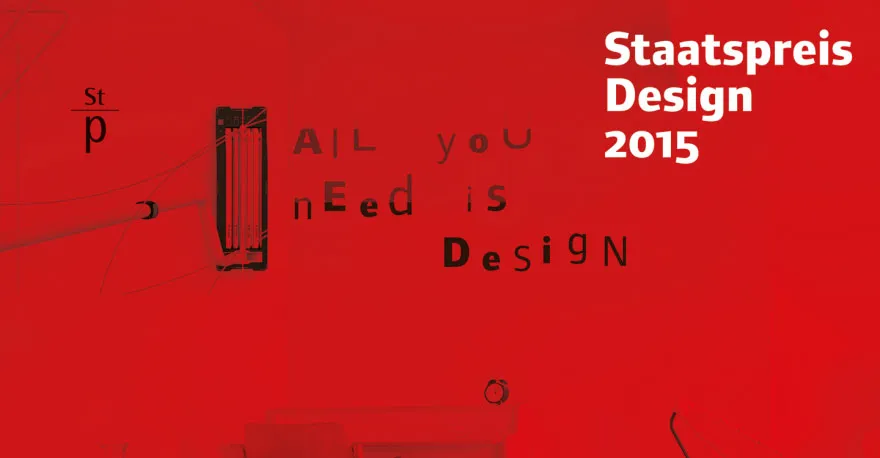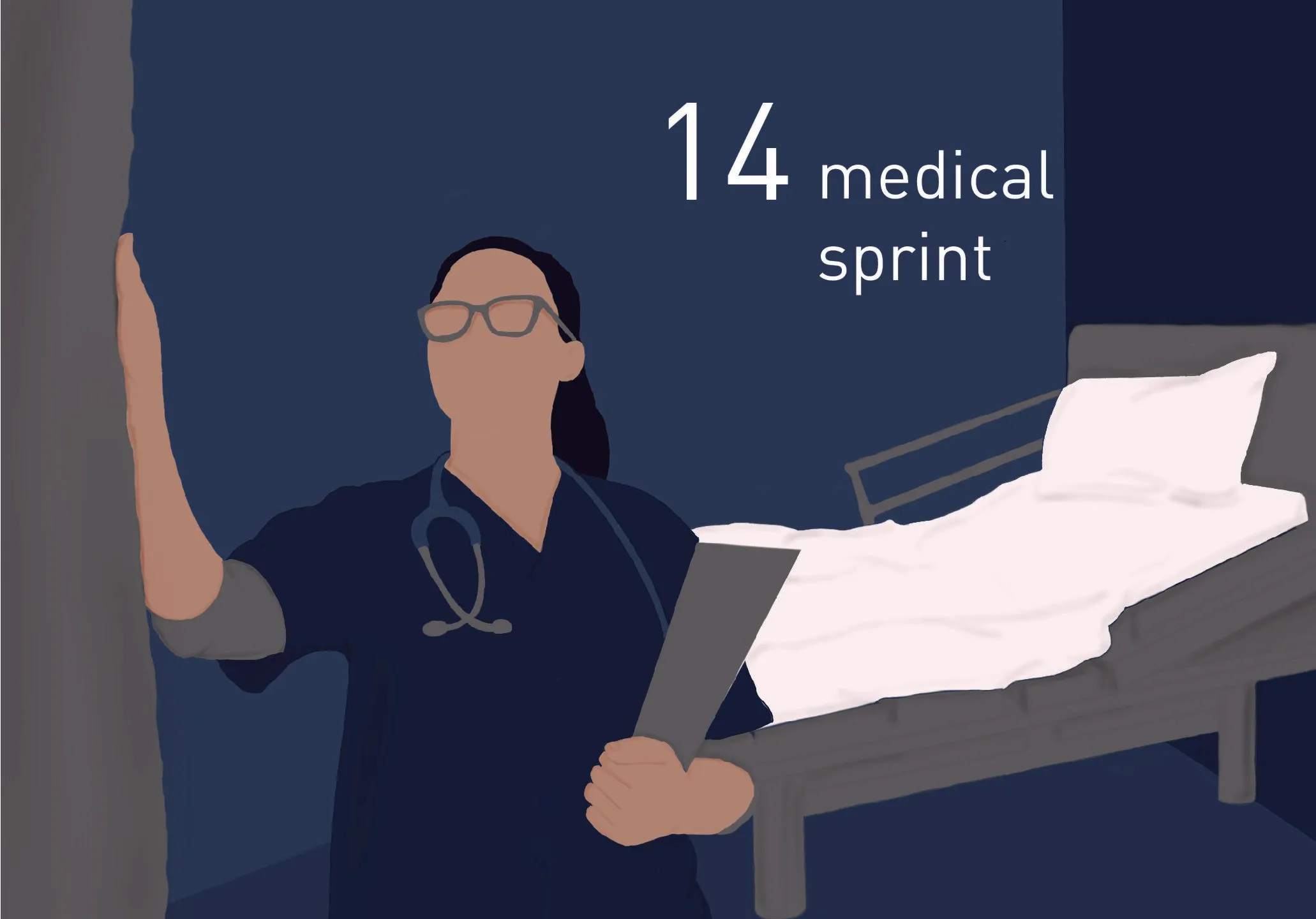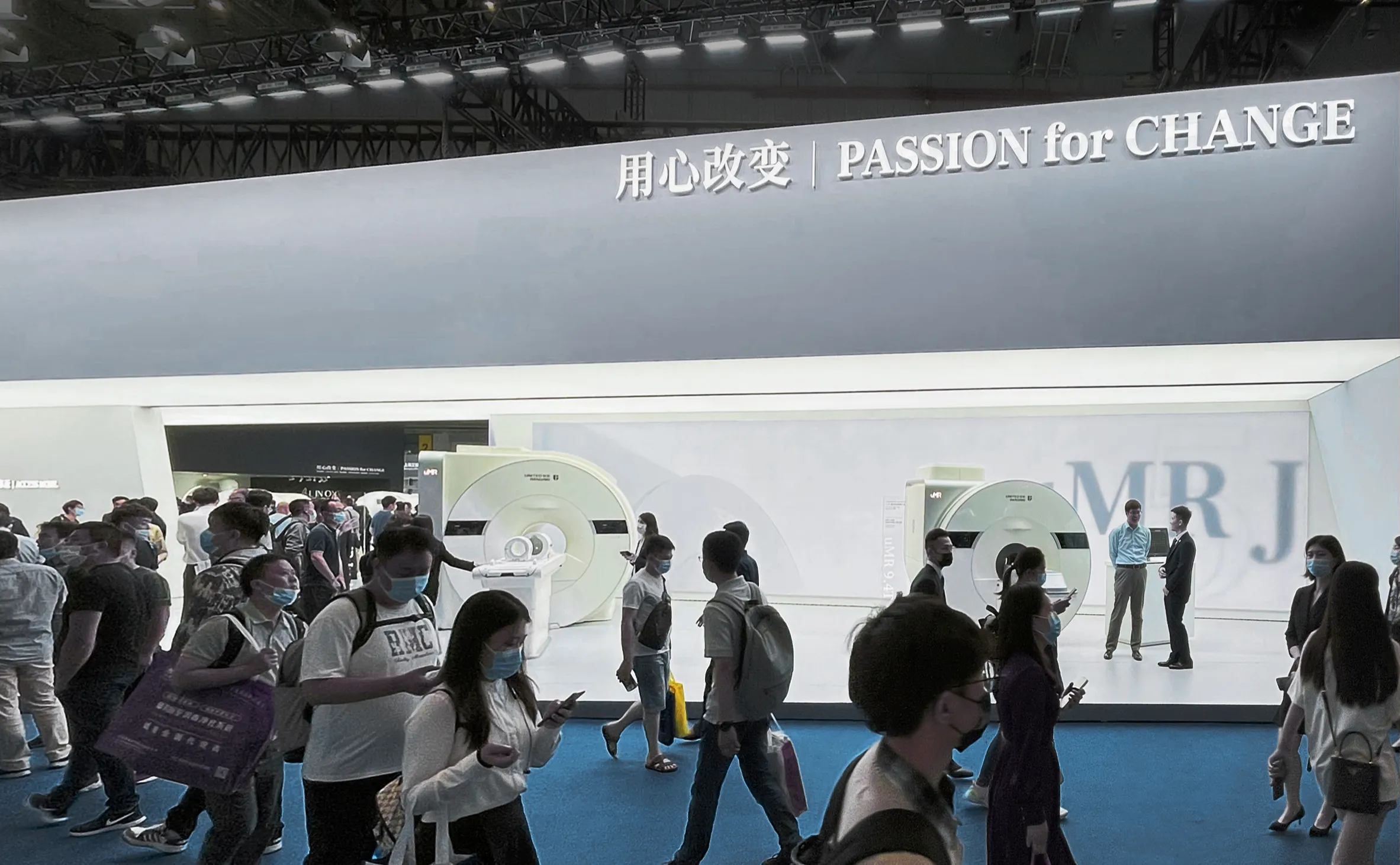Expertise
How do I start a design project?

These and 6 other regularly asked questions (FAQ) are always of great interest to our customers and clients.
- -> What does design cost?
- -> What rights do I have to the design as the client?
- -> What risks does the designer bear?
- -> How can the quality of design performance be measured?
- -> Who does a design agency work for?
- -> How does a design project work?
- How do I start a design project?
How do I start a design project?
Allbeginnings are difficult, especially the selection of a suitable design service provider is a major challenge for many companies. Who is the right one, when is the right time, how much freedom should I give the design team and how much does product design or brand development actually cost? In many cases, these questions and the resulting indecision lead to designers being brought in too late. The development is finished, now it's time for a stylish design. This is clearly the wrong approach, as it does not exploit the potential of a good design team.
The motto is: as early as possible
Itis therefore always worth having a non-binding discussion with the designers as early as possible. Don't be afraid that they will try to force something on you that you can't use. Nobody benefits from that. Instead, talk openly about your goals and expectations and your design team will suggest the best way to achieve them. Early communication with a suitable design partner has nothing to do with a hasty decision. You can always compare the offers afterwards.
Not without a briefing
Classically, a design project begins with the so-called briefing, a brief description of the most important goals and aspects of the project on around 1 to 10 pages. The truth is: unfortunately, we rarely receive a good design brief from the client. It takes effort and requires a number of specifications, some of which are difficult to make. There is no point in complaining, because a good brief is still needed. That's why most designers offer their clients a free initial consultation to go through the individual design-defining factors together with the company representatives. For us, this means: the 24 design factors - and that's how a briefing is created almost incidentally.
The offer as a basis for decision-making
Aftera detailed briefing (discussion), design agencies are in a position to provide you with a binding offer. You can and should compare these so that you can make a well-founded choice. In particular, all open questions should be addressed and clarified in the offer before a decision is made. Incidentally, the longer a customer relationship exists, the simpler the briefing/quotation process becomes. This is one of the reasons why design partnerships often last for many years...
The pitch
Butbefore making a long-term commitment, it may be advisable to award the exact same task to two or more agencies. These pitches usually take place in the idea or concept phase of the project. In this case, you pay twice for the first phase, but this also increases the security of the project. We, too, are always happy to take on a fair challenge.
Either way, don't be afraid to ask us. It all starts with the first contact - and it's best to do it now, or visit our "Starter" page.
Further links:
Our introduction to a joint design project in 8 steps
VDID: Information on design contracts
WILDDESIGN is a member of Germany's largest professional association
Frequently asked questions





